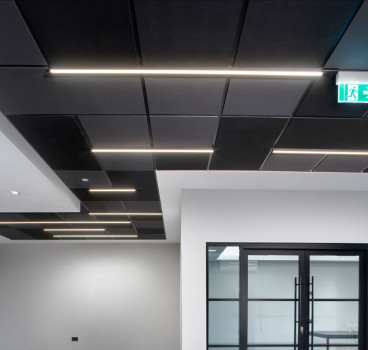Brick costs less you think according to US studies
In March, leading manufacturer Ibstock reported that it was delivering more bricks to end users and merchants than at any time in the previous nine years, which is good news for an industry which has had more than its fair share of ups and downs in recent years.
It also completely makes nonsense of recent rumours of a brick shortages and there is even better news with reports from America that studies have shown that brick remains an incredibly cost effective building material.
According to the report from the Brick Industry Association in North America, bricks used with (CMU) concrete masonry units cost less than precast concrete, metal panel curtain wall and glass panel curtain wall systems.
The report adds that a three-storey office building using manufactured stone with steel studs costs 2.7% more than brick with steel studs. Precast concrete costs 2.7% more than brick with CMU, and metal panel curtain wall costs 13.1% more than brick with CMU.
So far so good with further statements that brick would save some £1.6 million when used on a four- to eight-storey hospital project in comparison to metal panel curtain walling and/or glass panel curtain walling.
There are many other price comparisons which suggest that architects and building owners should really be taking a closer look at brick costs compared to other building materials. Full tables can be seen by clicking this link - https://www.dropbox.com/s/sqhu9efchk8x9kw/RS%20Means%20Feb%202017%20BIA%20Commercial%20Buildings.pptx?dl=0
"National averages show brick costs less than perceived," said Ray Leonhard, Brick Industry Association's president and CEO. "Since it's a non-flammable and non-combustible material, clay brick also offers superior fire resistance with a minimum one-hour fire rating."
Back in the UK and the recent report from Ibstock suggest that all is well here too with one of our oldest building materials:“In the six months to the end of June 2017, overall brick industry despatches were 15% ahead of the same period last year,” said Ibstock sales director Tony France, quoted in the Builders Merchant Building Index statistical report.
With the Government committed to building more social housing than ever before and with private builders getting ready to meet the challenge of a rising population then we can only hope that all those recent ups and downs will be a thing of the past – at least for the next few years.
By John Ridgeway
Follow me on Twitter @JohnRidgeway99
Additional Blogs

Why good contractors are walking away from bad projects
There is a growing change happening across the construction industry, one that many clients still have not fully recognised. Highly competent, reputable contractors are increasingly walking away from...
Read moreWhen fire breaks out who really knows the system
The story that caught my attention recently wasn’t about fire growth or building loss, it was about confusion. Specifically, the confusion faced by the fire service when arriving at buildings...
Read more

The design and development of Nexus Layouts
When Zentia set out to rethink the suspended ceiling, the brief was clear: deliver greater creative freedom for designers, more distinctive visual identity for clients, and a solution that could keep...
Read more